Best Seasons for Foundation Repairs
Foundation repairs are most effectively performed during specific times of the year when environmental conditions are optimal. The ideal season typically depends on local climate patterns, with dry, moderate weather providing the best conditions for excavation and structural work. In regions with cold winters, late spring and early summer are often preferred to avoid frozen ground, while in warmer climates, fall can also be suitable.
Performing foundation repairs during periods of stable weather minimizes delays and reduces the risk of complications caused by moisture or temperature extremes. Scheduling repairs in these windows ensures that materials set properly and that work can proceed without weather-related interruptions.
Spring and fall generally offer the best conditions for foundation work due to moderate temperatures and lower precipitation levels.
Extreme cold or heat can hinder repair processes, leading to longer timelines and potential issues with materials setting or curing.
Scheduling during less busy times of the year can result in quicker service and more flexible appointment availability.
Dry soil provides better stability for excavation and underpinning, making repairs more durable and effective.
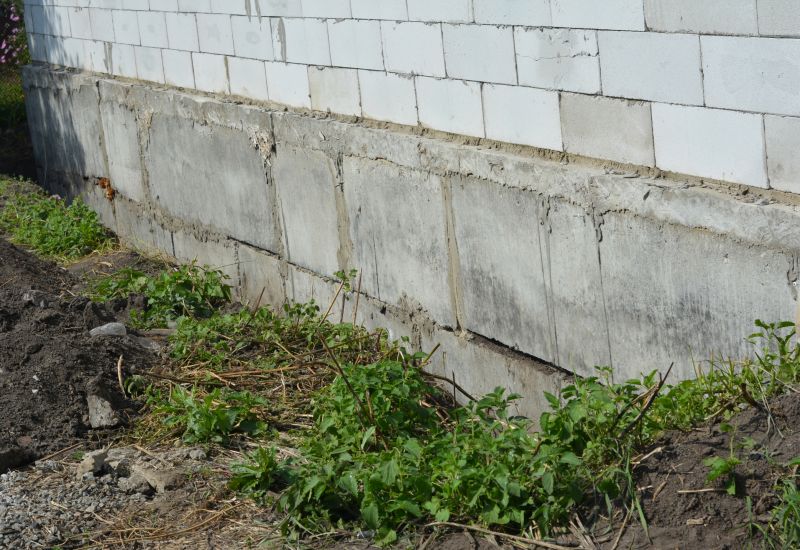
Spring offers moderate weather ideal for excavation and structural stabilization.
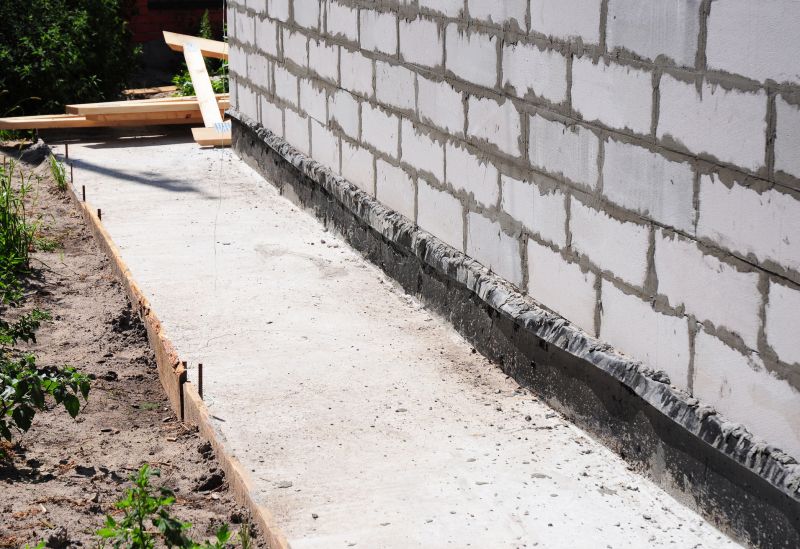
Summer provides longer daylight hours and stable conditions, suitable for extensive repairs.

Fall's cooler temperatures and dry soil conditions support effective foundation work.

Ways to make Foundation Repairs work in tight or awkward layouts.
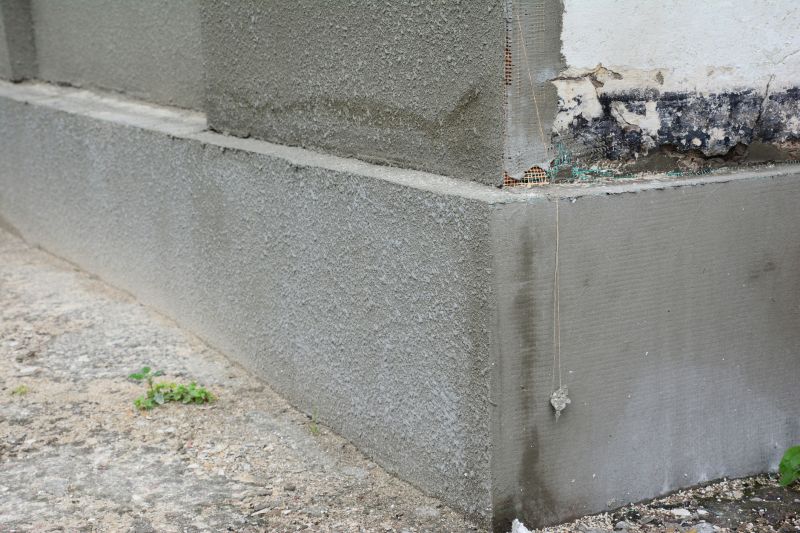
Popular materials for Foundation Repairs and why they hold up over time.
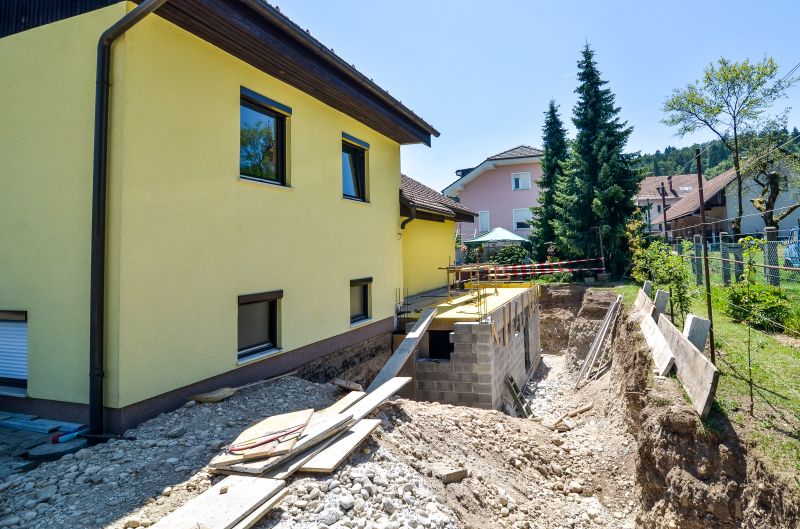
Simple add-ons that improve Foundation Repairs without blowing the budget.
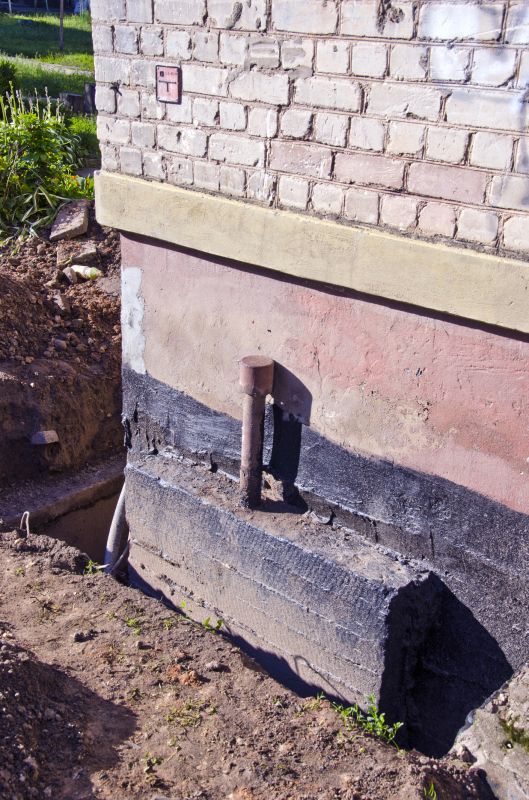
High-end options that actually feel worth it for Foundation Repairs.
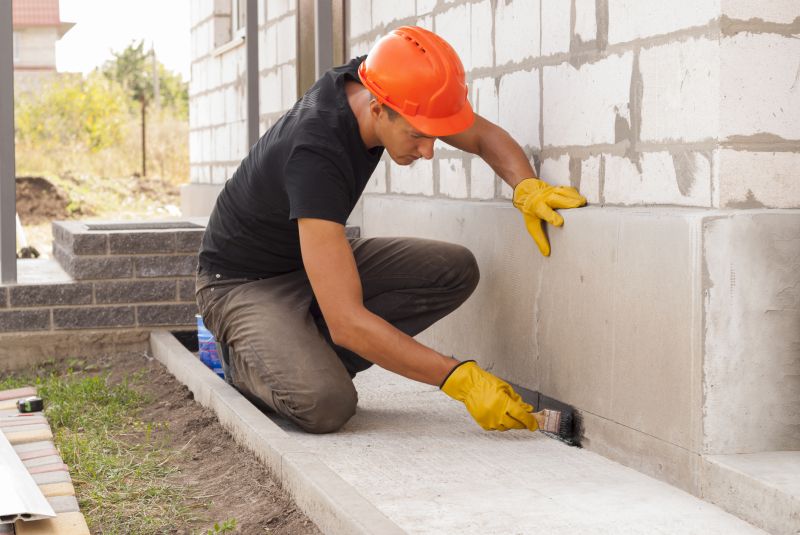
Finishes and colors that play nicely with Foundation Repairs.
| Season | Typical Weather Conditions |
|---|---|
| Spring | Moderate temperatures, less rain, soil drying out |
| Summer | Warm, dry days, longer daylight hours |
| Fall | Cooler temperatures, dry soil, fewer storms |
| Winter | Cold, frozen ground, challenging for excavation |
| Early Spring | Unpredictable weather, potential for frost |
Foundation repairs are a critical component of maintaining structural integrity in buildings. Over time, factors such as soil movement, moisture fluctuations, and age can cause shifts or damage to a foundation. Repairs may involve underpinning, piering, or stabilization techniques to prevent further deterioration and ensure safety. Proper timing and planning are essential to achieve the best results, with consideration given to local climate, soil conditions, and weather patterns.
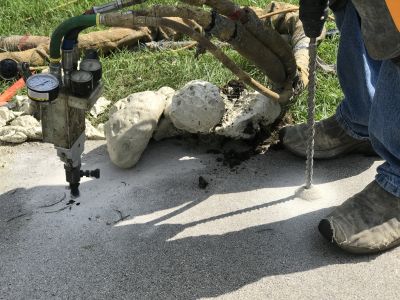
Specialized tools and machinery are used to stabilize and repair foundations effectively.
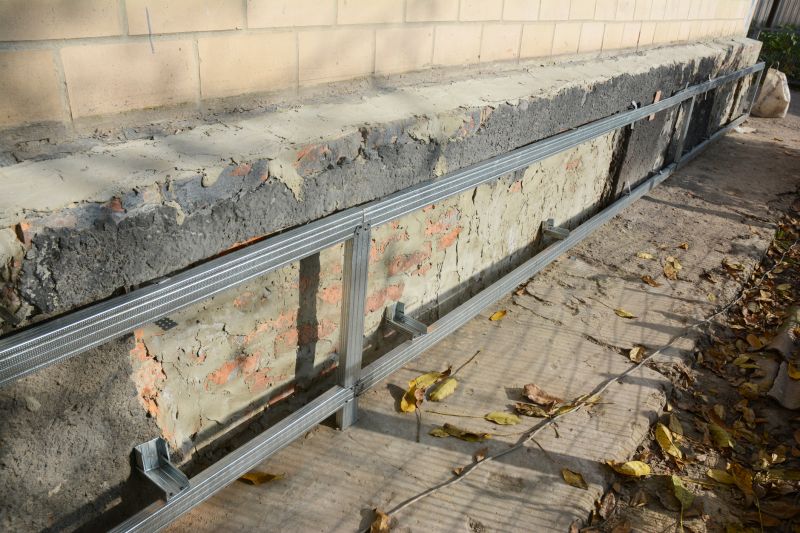
The process involves assessment, excavation, stabilization, and backfilling to restore structural integrity.
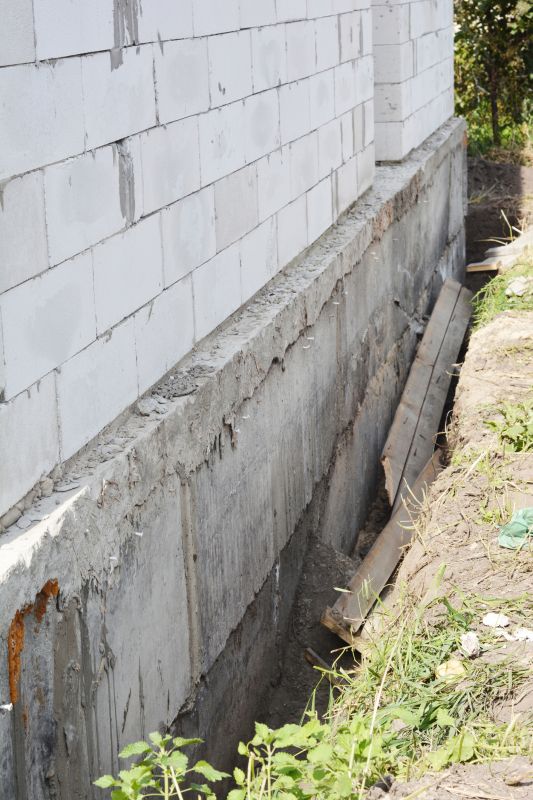
Visual evidence of foundation repairs highlights the effectiveness of proper timing and techniques.
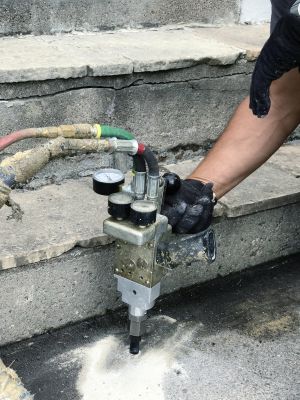
Techniques such as soil injection and compaction help improve ground stability before repairs.
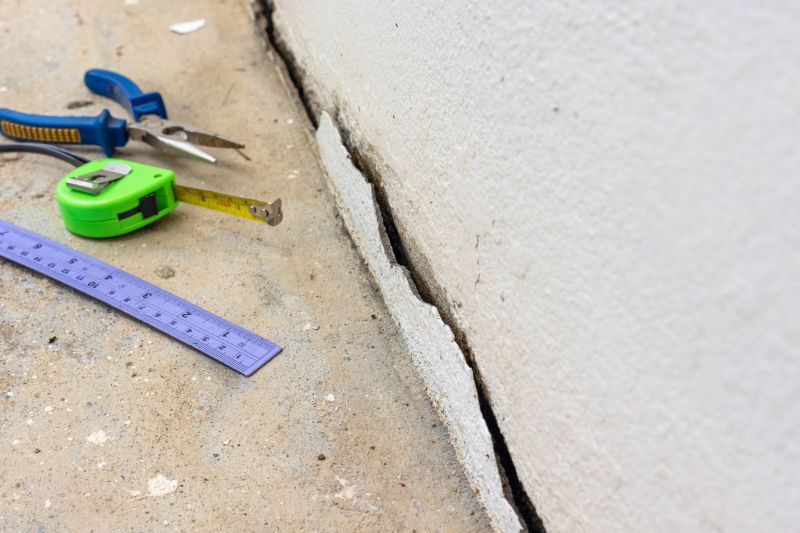
Little measurements that prevent headaches on Foundation Repairs day.
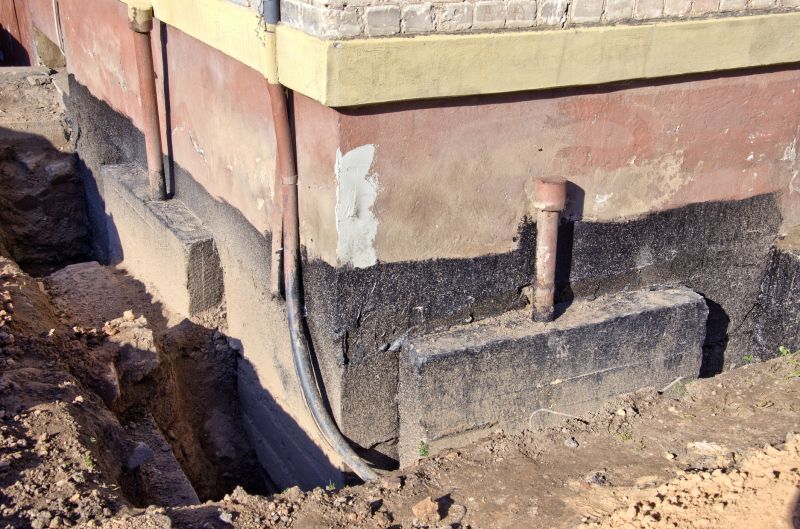
A 60-second routine that keeps Foundation Repairs looking new.
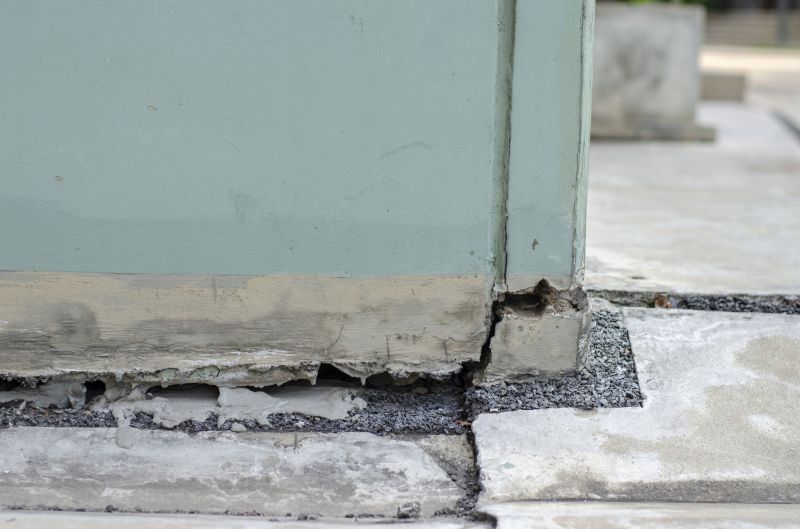
A frequent mistake in Foundation Repairs and how to dodge it.

Small tweaks to make Foundation Repairs safer and easier to use.
Interested property owners in Monroe, WI, can consider scheduling foundation repairs during the optimal seasons to ensure the best possible outcome. Proper planning and timing can help prevent further damage and extend the lifespan of a building's foundation.
For more information or to arrange an assessment, filling out the contact form is recommended. Expert guidance can assist in determining the most suitable time for foundation repairs based on specific site conditions and local climate factors.

